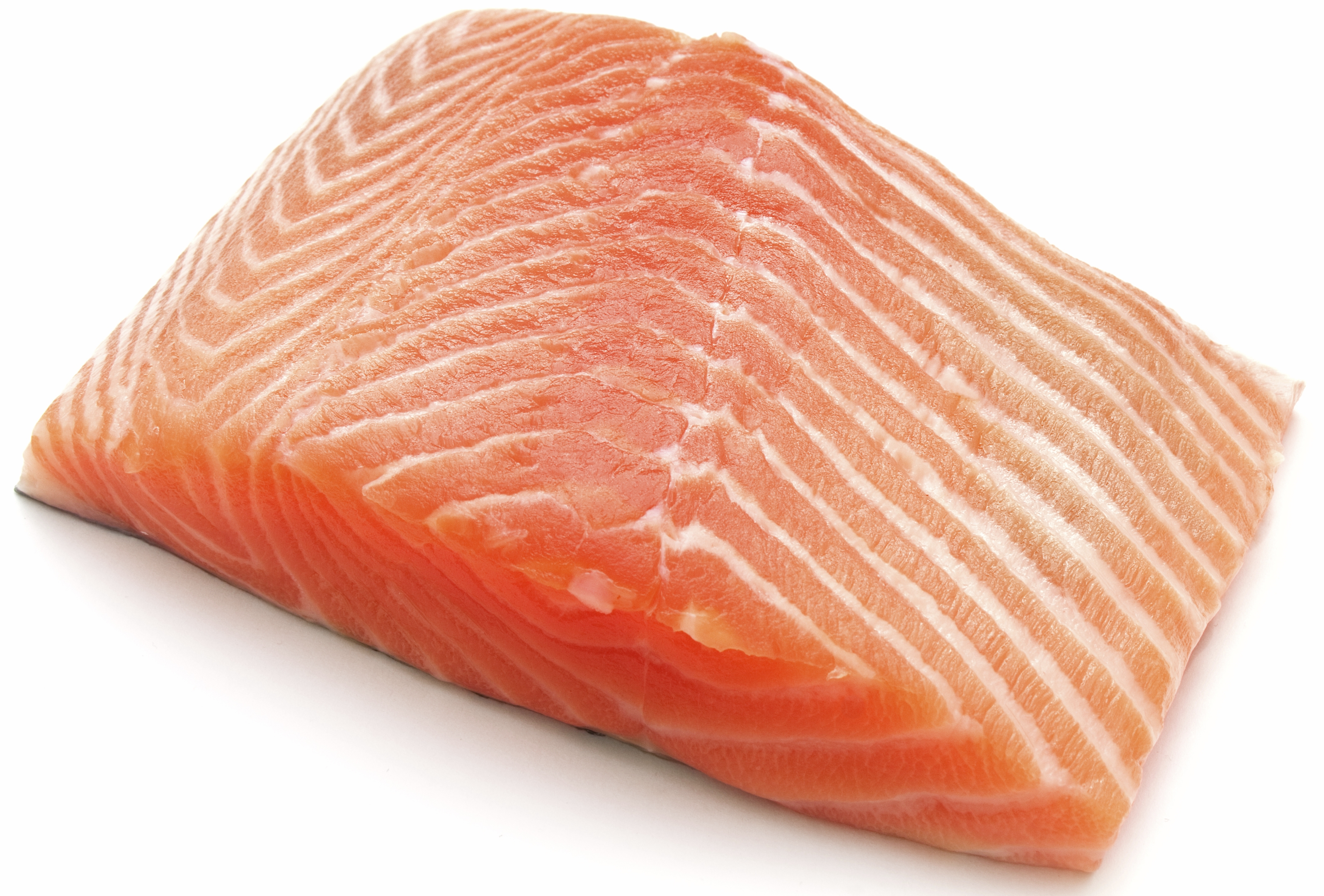'Fake red' food...
Red is sweet. Red is fresh and nice. The redder the strawberries, the more we want to eat them.
-
 Real or fake red? Sometimes it is difficult for a consumer to discern.
Real or fake red? Sometimes it is difficult for a consumer to discern. -
-
'Fake red' food
Red is sweet. Red is fresh and nice. The redder the strawberries, the more we want to eat them. The redder as food or fruit or berry is, the riper it is – usually that is. But don’t be too sure. As long as we shop with our eyes, the food industry will use their cunning to make food more appealing. -
Wholesale retailers know that if they cannot give the customer the real kind of red in foods, then they will have to try other ways. Take salmon for instance: The cultivated salmon wouldn’t be the least pink if the fishers had not fed it pellets spiked with a red dye. Some fishermen will use colors E110 and E124, additives that may cause hyper activity in children. But pale salmon is not easily sold.
-
Recently the Svenska Dagbladet food reporter Henrik Ennart revealed that the Swedish meat industry chose a package gas that actually worsens the quality of food, making it lose vitamins and taste worse. But the gas also has another effect: It makes the food bright red and more appealing to the eye. Doesn’t sound too good, does it?
-
-
